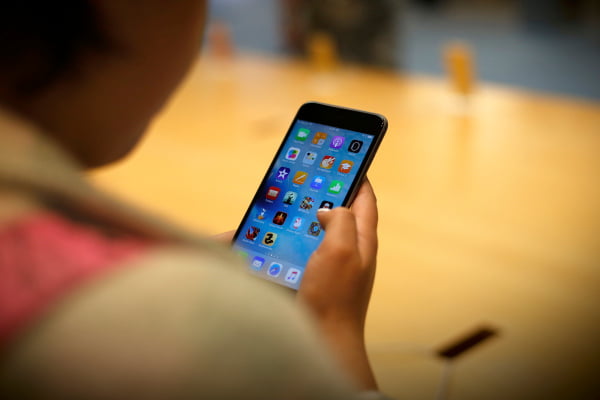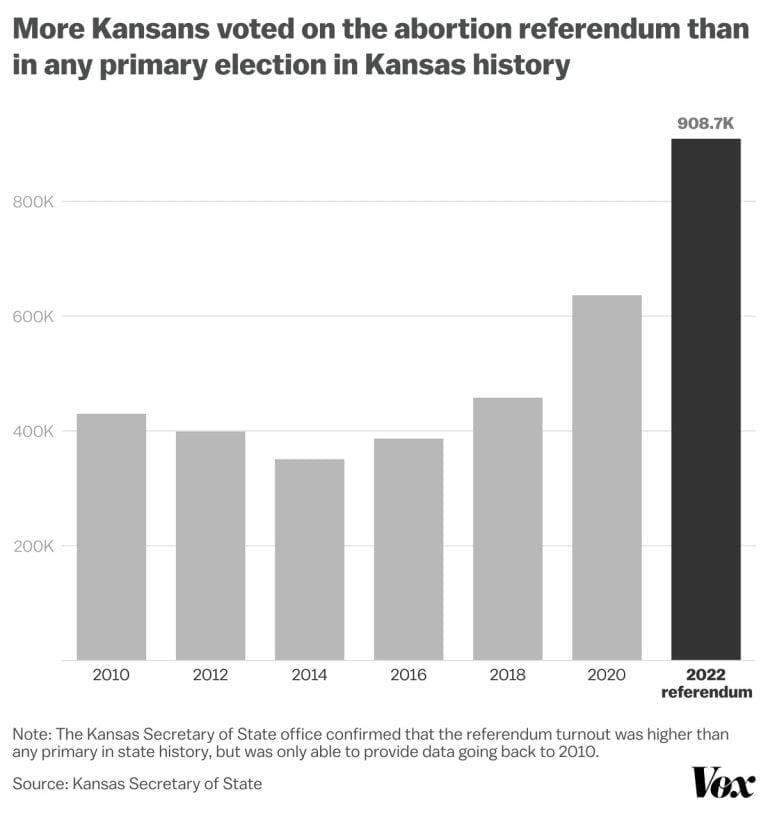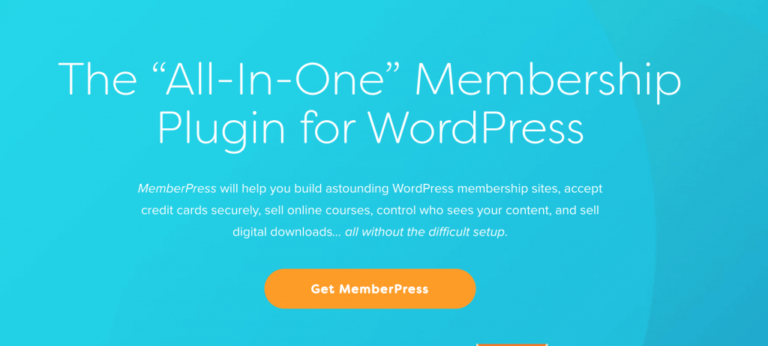
President Biden’s $2 trillion American Jobs Plan infrastructure proposal used a broader definition of infrastructure than most people tend to associate with the word. It took on everything from roads, pipes, and electricity to climate change, union jobs, and inequality.
It also provided $100 billion to America’s digital infrastructure, with a lofty goal of giving all Americans access to the affordable, reliable high-speed internet they need to participate in today’s economy. The plan is short on specifics for now, but the vast majority of that money will go to building out high-speed broadband connections to the millions of Americans who still don’t have them. There are also provisions about promoting competition and lowering prices. Biden called broadband internet “the new electricity,” comparing the need for a federal initiative to bring it to all Americans to the Rural Electrification Act of 1936.
If you’ve been paying attention, Biden’s focus on closing the digital divide shouldn’t be a surprise. He called for “universal broadband” during his campaign in his Build Back Better plan. He appointed Jessica Rosenworcel, who as an FCC commissioner has been championing affordable broadband internet for years, to be acting chair of the Federal Communications Commission (FCC).
Rosenworcel’s response to Biden’s plan, by the way? “I’m all in.”
Broadband for 100% of us. I’m all in.
— Jessica Rosenworcel (@JRosenworcel) March 31, 2021
But it’s also an enormous and complicated undertaking that America has been trying to accomplish for years, under three (now four) presidencies. The exact number of Americans who don’t have access to broadband infrastructure varies depending on several factors, including the maps you use to count them and what your definition of reliable high-speed internet is. Biden put the number at 30 million. And that number doesn’t include the millions of Americans who do have access to broadband internet but can’t afford it, rendering that access meaningless.
The affordability issue has become all the more obvious and problematic during the pandemic. Lawmakers had to scramble to help lower-income people gain internet access through various subsidies and stimulus bills, while the FCC essentially had to beg internet service providers not to cut off Americans if they couldn’t afford their internet bills. Those aren’t permanent solutions, though, and they still weren’t enough for some. Biden’s plan wants to help those people, too.
“When I say affordable, I mean it,” Biden said in a speech announcing the plan. “Americans pay too much.”
High-speed internet is essential in the 21st century, but nearly 30 million Americans lack access. It’s time to change that. pic.twitter.com/2JBbMTsw1l
— The White House (@WhiteHouse) March 31, 2021
Advocates for universal broadband access and affordability have lauded the plan.
“It’s an earnest effort to attain digital equity for all Americans, address overpriced internet service, and implement greater transparency and accountability,” Willmary Escoto of digital rights nonprofit Access Now told Recode. “The American Jobs Plan advances the US into a new digital future, one where every individual in America has a fair shot at success.”
Gigi Sohn, a distinguished fellow at the Georgetown Institute for Technology Law & Policy, said in a statement that Biden’s plan was notable not only in its ambition but also in “the message it sends — that broadband, like electricity, is a necessity, and that one cannot participate in our economy, our education and health care systems and our society without it … The United States cannot afford to be a country of digital haves and have-nots.”
“President Biden’s $100 billion infrastructure plan acknowledges an important fact about broadband today — it is an essential service, like water and electricity, and our public policy should reflect that fact,” Greg Guice, government affairs director at open internet advocacy group Public Knowledge, said in a statement. “We look forward to working with the administration and members of Congress as they seek to pass this bold initiative to close the digital divide.”
The fact sheet the Biden administration released doesn’t go into the details beyond saying how much money Biden wants to invest and, generally, what he hopes the return on that investment will be: high-speed, “future-proof” broadband access covering the entire country; more competition between providers, including municipally owned plans and co-ops; and reduced costs.
Sen. Amy Klobuchar (D-MN) said that the Biden plan was based on the Accessible, Affordable Internet for All Act, which she and Rep. Jim Clyburn (D-SC) introduced in their respective houses last year and reintroduced last month.
That bill gives $80 billion to broadband infrastructure, requires service providers who use networks built on that infrastructure to offer affordable service plans, and provides an additional $6 billion to the Emergency Broadband Benefit program. It will also make it easier for local governments, public-private partnerships, and cooperatives to set up their own networks that could compete with traditional for-profit service providers — which, in many areas, remain consumers’ only real option.
“The coronavirus pandemic exposed and exacerbated many longstanding faults that must be repaired if America is to retain her greatness,” Clyburn told Recode. “In addition to repairing many of our nation’s faults, the American Jobs Plan wisely guards against the emergence of additional faults in the future.”
Anna Read, a senior research officer with the broadband access initiative at the Pew Charitable Trusts, told Recode that the federal government should look to state and local broadband access programs, which Read believes will be the key to implementing Biden’s vision.
“States have really been leading on this issue over the last few years,” Read said. “They’ve been investing significant state dollars and expanding broadband access. … Increasingly, states are beginning to look at the affordability question as well.”
While the Biden plan promises a lot, delivering it will be a different matter. Presidents Bush, Obama, and Trump all had lofty goals about connecting America. None of them delivered, and millions of Americans paid the price for that failure when the pandemic laid bare just how far behind America is.
Scott Wallsten, president and senior fellow at the Technology Policy Institute, said there are too many unknowns at this point to say whether Biden’s plan will be the one that reverses that trend. After all, if getting everyone in America online were easy, it would have been done already. He hopes that the plan provides for experimentation and analysis to see where and why people aren’t getting online, rather than just throwing money at a problem and assuming that will solve it. He sees a lot of places where this could go wrong or be wasteful, but he said there’s reason to be optimistic, too.
“What I think is good is that people are actually paying attention to the digital divide and its consequences in a way that they never were before,” Wallsten said. “We see the problems and the inequities and what can happen as a result … I think, for once, those people actually really are visible.”
“This is a significant infrastructure challenge but it is also an affordability challenge,” Read said. “Addressing the two in tandem will be very important to closing the digital divide.”
Open Sourced is made possible by Omidyar Network. All Open Sourced content is editorially independent and produced by our journalists.






